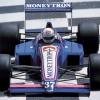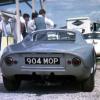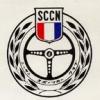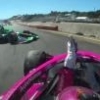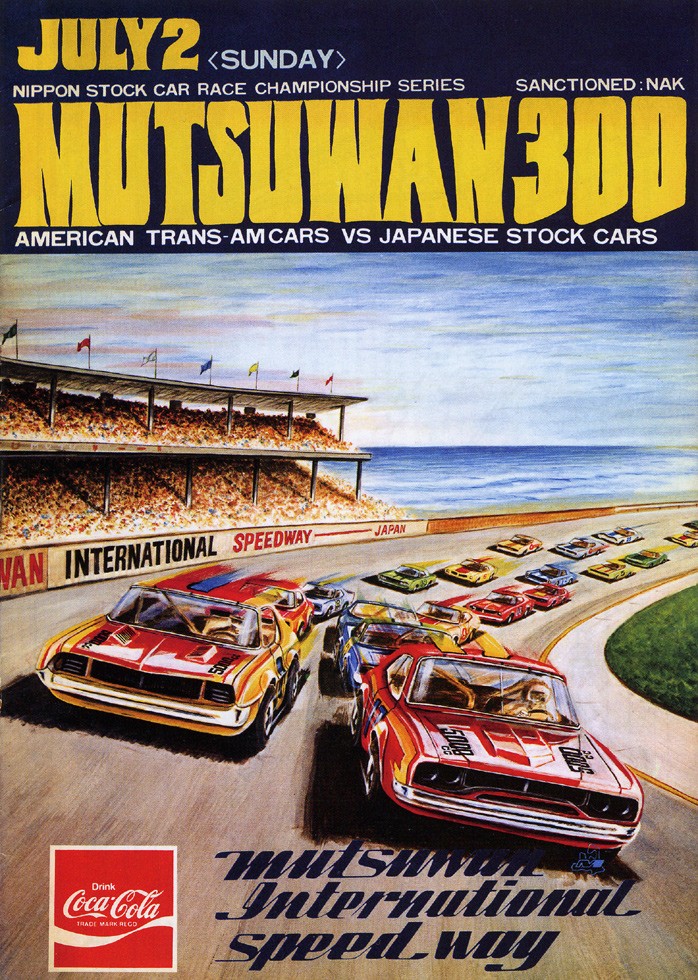Well we know why Honda opted for Ronnie Bucknum for their debut (I still think that was a strange choice since he didn't have any single seater experience) and why they opted for Ginther (American since they wanted to sell more cars in the States + he was a top driver who could also develop the car) later on. It's also a bit weird that if they wanted to sell more cars in the US that they didn't enter the Indy 500 (well they did consider it since Bucknum tested at Indy at one point).
But what I find strange is: why did they never put a Japanese driver in their F1 car? That's in particular strange considering how they pushed for Satoru Nakajima to be in an F1 car in the '80s, why didn't they do that in the '60s? Surely there were capable drivers in Japan.
Who were the factory Honda drivers in Japan in those days?
And why didn't they push to get a Japanese Grand Prix on the calendar in the '60s? F1 didn't visit Asia back then and only in the 2nd half of the '70s ('76-'77) there was a Japanesen Grand Prix but only for 2 years.
Why didn't F1 return to Japan in '78? Why did it take so long to come back there?
Fuji was such a great circuit and they also had Suzuka, possibly an even greater circuit.
Edited by William Hunt, 17 June 2020 - 06:23.


